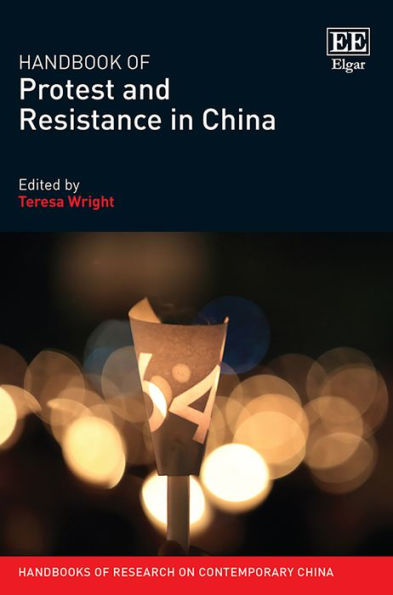Featuring twenty-nine chapters of original research from top scholars, this Handbook spans the broad range of protest and resistance in contemporary China. Its coverage of popular contention related to labour, land, the environment, nationalism, home ownership, information and communication technologies, the law, religion, Hong Kong and ethnic minority groups illuminates the complexity and diversity of citizen actions. The Handbook of Protest and Resistance in China suggests that while these protests and acts of resistance might threaten the ruling Chinese Communist Party, in order to strengthen and legitimise the Party's rule governing authorities best course of action may be to allow space for citizens to air their grievances, and to prioritise the resolution of complaints.
This Handbook will be an invaluable resource for scholars and graduate students of Chinese and comparative politics, as well as for policy makers and interested readers seeking up to date data on protest and resistance in China, and to better understand the problems and perspectives of Chinese citizens.
Featuring twenty-nine chapters of original research from top scholars, this Handbook spans the broad range of protest and resistance in contemporary China. Its coverage of popular contention related to labour, land, the environment, nationalism, home ownership, information and communication technologies, the law, religion, Hong Kong and ethnic minority groups illuminates the complexity and diversity of citizen actions. The Handbook of Protest and Resistance in China suggests that while these protests and acts of resistance might threaten the ruling Chinese Communist Party, in order to strengthen and legitimise the Party's rule governing authorities best course of action may be to allow space for citizens to air their grievances, and to prioritise the resolution of complaints.
This Handbook will be an invaluable resource for scholars and graduate students of Chinese and comparative politics, as well as for policy makers and interested readers seeking up to date data on protest and resistance in China, and to better understand the problems and perspectives of Chinese citizens.

Handbook of Protest and Resistance in China
480
Handbook of Protest and Resistance in China
480Hardcover

Product Details
| ISBN-13: | 9781786433770 |
|---|---|
| Publisher: | Edward Elgar Publishing |
| Publication date: | 06/28/2019 |
| Series: | Handbooks of Research on Contemporary China series |
| Pages: | 480 |
| Product dimensions: | 6.62(w) x 9.62(h) x (d) |
